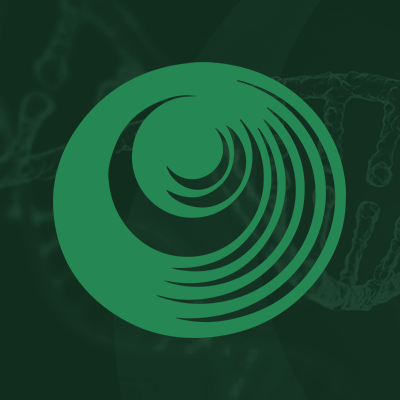Research Papers:
ABCG1 maintains high-grade glioma survival in vitro and in vivo
PDF | HTML | Supplementary Files | How to cite
Metrics: PDF 2171 views | HTML 2752 views | ?
Abstract
Yi-Hsien Chen1, Patrick J. Cimino2, Jingqin Luo3, Sonika Dahiya2, David H. Gutmann1
1Department of Neurology, Washington University School of Medicine, St. Louis, MO, USA
2Department of Pathology, Washington University School of Medicine, St. Louis, MO, USA
3Department of Surgery, Washington University School of Medicine, St. Louis, MO, USA
Correspondence to:
David H. Gutmann, e-mail: gutmannd@neuro.wustl.edu
Keywords: glioblastoma, ER stress, brain tumor, glioma stem cell, apoptosis
Received: September 29, 2015 Accepted: February 25, 2016 Published: March 10, 2016
ABSTRACT
The overall survival for adults with malignant glioma (glioblastoma) remains poor despite advances in radiation and chemotherapy. One of the mechanisms by which cancer cells develop relative resistance to treatment is through de-regulation of endoplasmic reticulum (ER) homeostasis. We have recently shown that ABCG1, an ATP-binding cassette transporter, maintains ER homeostasis and suppresses ER stress-induced apoptosis in low-grade glioma. Herein, we demonstrate that ABCG1 expression is increased in human adult glioblastoma, where it correlates with poor survival in individuals with the mesenchymal subtype. Leveraging a mouse model of mesenchymal glioblastoma (NPcis), shRNA-mediated Abcg1 knockdown (KD) increased CHOP ER stress protein expression and resulted in greater NPcis glioma cell death in vitro. Moreover, Abcg1 KD reduced NPcis glioma growth and increased mouse survival in vivo. Collectively, these results demonstrate that ABCG1 is critical for malignant glioma cell survival, and might serve as a future therapeutic target for these deadly brain cancers.
 All site content, except where otherwise noted, is licensed under a Creative Commons Attribution 4.0 License.
All site content, except where otherwise noted, is licensed under a Creative Commons Attribution 4.0 License.
PII: 8030
